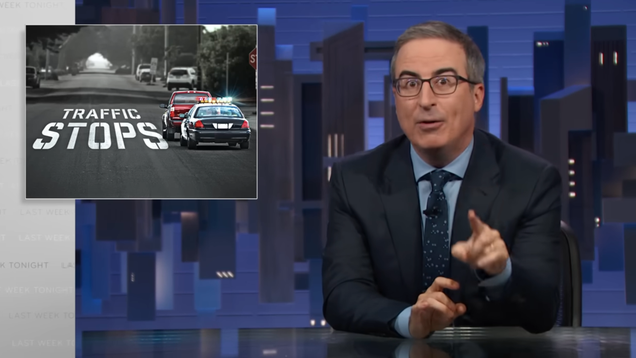The Hidden Dangers of Traffic Stops: A Closer Look at Their Impact on Society
Understanding the Nature of Traffic Stops
Traffic stops are a common occurrence in the United States, with millions conducted each year. While they are often viewed as routine law enforcement actions aimed at maintaining road safety, a growing body of evidence suggests that many of these stops may do more harm than good. Research indicates that a significant percentage of traffic stops are for minor infractions, often referred to as “pretextual” stops. These include violations such as a burnt-out taillight or failing to signal a lane change, which raises important questions about the effectiveness and necessity of such practices.
The Dangers Associated with Traffic Stops
One of the most pressing concerns surrounding traffic stops is the potential for escalation into dangerous confrontations. According to a study published in the *American Journal of Public Health*, traffic stops can lead to violent encounters, particularly for marginalized communities. The data reveals that Black drivers are disproportionately targeted during these stops, leading to heightened tensions and, in some cases, tragic outcomes. The fear of being stopped can create a pervasive sense of anxiety among these communities, impacting their overall well-being and trust in law enforcement.
Moreover, the psychological toll of traffic stops extends beyond the immediate encounter. A report from the *Brennan Center for Justice* highlights that the experience of being stopped can lead to long-term stress and anxiety, contributing to broader societal issues such as mental health crises and community unrest. This raises the question: are these stops truly serving their intended purpose of enhancing public safety, or are they exacerbating existing societal tensions?
The Economic Burden of Traffic Stops
In addition to the social implications, traffic stops also impose a significant economic burden on taxpayers. The costs associated with law enforcement, court proceedings, and the administrative overhead of processing traffic violations can be staggering. A report from the *Institute for Justice* estimates that the financial impact of traffic stops, including fines and legal fees, can reach billions of dollars annually. This raises a critical point: should resources be allocated to more effective crime prevention strategies rather than maintaining a system that disproportionately affects certain populations and often fails to address serious criminal activity?
Exploring Alternatives to Traditional Traffic Enforcement
Given the myriad issues associated with traditional traffic stops, many experts advocate for a reevaluation of current practices. One proposed solution is the implementation of automated traffic enforcement systems, such as speed cameras and red-light cameras. These systems can reduce the need for police interaction while still promoting road safety. A study conducted in New York City found that the introduction of speed cameras led to a significant decrease in traffic fatalities, demonstrating that technology can play a crucial role in enhancing public safety without the risks associated with human-led traffic stops.
Additionally, community-based initiatives focused on education and awareness can serve as effective alternatives. Programs that promote safe driving practices and encourage community engagement can foster a culture of responsibility on the roads, reducing the need for punitive measures. By prioritizing education over enforcement, communities can work towards a more harmonious relationship between law enforcement and the public.
The Path Forward: Rethinking Traffic Enforcement
As discussions around police reform and community safety continue to evolve, it is essential to critically examine the role of traffic stops in our society. The evidence suggests that many of these stops do not contribute meaningfully to crime prevention and may, in fact, perpetuate cycles of violence and mistrust. By exploring alternative approaches to traffic enforcement, we can work towards a system that prioritizes public safety without compromising community well-being.
In conclusion, the conversation surrounding traffic stops must shift from viewing them as necessary law enforcement tools to critically assessing their broader implications. By embracing innovative solutions and fostering community engagement, we can create a safer and more equitable society for all.

